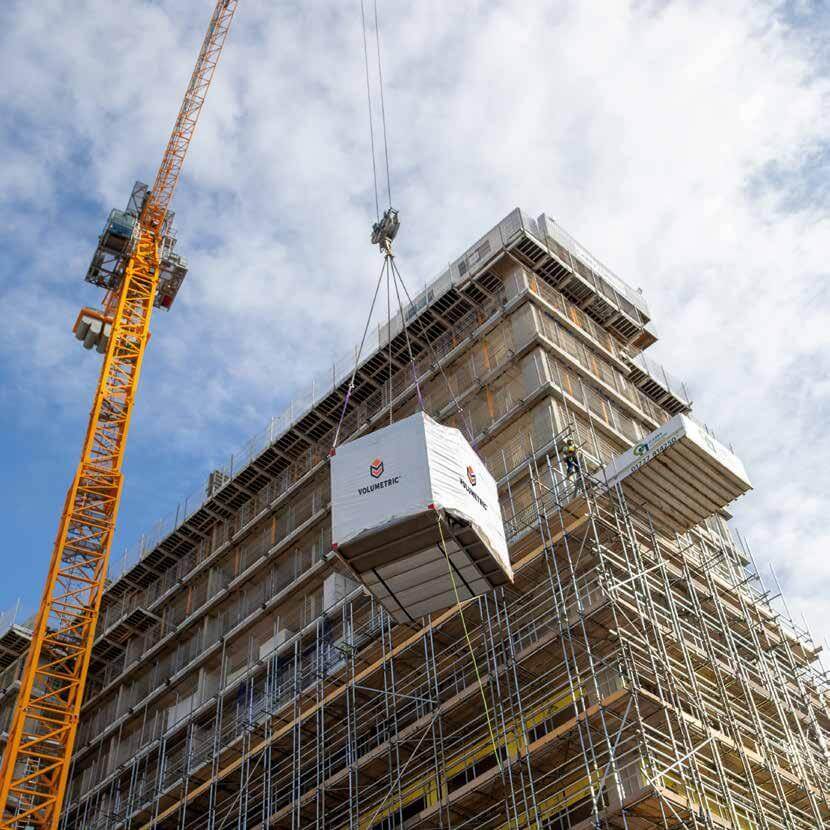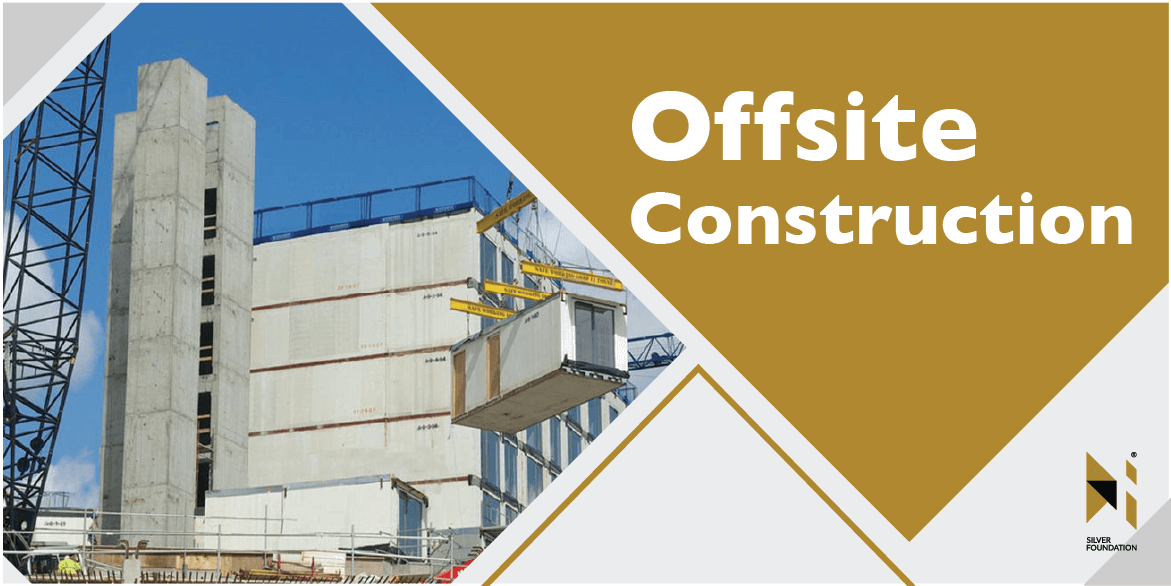As the construction industry grapples with challenges such as labor shortages, rising material costs, and sustainability concerns, offsite construction emerges as a promising solution. Offsite construction involves the production of building components in a factory setting, which are then transported to the site for assembly. This approach streamlines the building process, leading to increased efficiency, reduced waste, and improved quality.
Efficiency: Saving Time and Reducing Waste
One of the most significant benefits of offsite construction is its potential for **efficiency**. Because components are manufactured in a controlled environment, construction can proceed regardless of weather conditions, reducing delays and speeding up the building timeline.
The factory setting also allows for precision manufacturing and assembly-line efficiency. This not only speeds up the process but also reduces waste, as materials can be used more efficiently and any offcuts can be recycled within the factory.

Quality: Consistency and Precision
Offsite construction can result in a higher **quality** end product. In a factory, conditions are controlled and processes are standardized, leading to more consistent results. Precision tools and machinery can be used to ensure that components meet exact specifications, reducing the risk of errors and defects.
Furthermore, quality checks can be performed throughout the manufacturing process, rather than at the end of the construction process. This allows for issues to be identified and corrected earlier, further improving the quality of the end product.

Flexibility: Customizable and Scalable
Despite the standardized processes, offsite construction offers a high degree of **flexibility**. Building components can be customized to meet specific design requirements, and the production process can be easily scaled up or down to meet demand.
This flexibility makes offsite construction suitable for a wide range of projects, from single-family homes to large-scale commercial buildings. It also allows for innovative designs and construction methods, as new technologies and materials can be easily incorporated into the production process.
Sustainability: Reducing Environmental Impact
Finally, offsite construction has significant **sustainability** benefits. The reduction in waste, combined with the efficient use of materials and energy, makes offsite construction a more environmentally friendly approach.
In addition, because components are manufactured offsite, there is less disruption to the site and its surroundings. This reduces noise, dust, and traffic associated with traditional construction, leading to a lower environmental impact.
Conclusion
Offsite construction is transforming the building process, offering efficiency, quality, flexibility, and sustainability benefits. While there are still challenges to overcome—including transportation logistics and regulatory hurdles—the potential of offsite construction is undeniable.
As the construction industry continues to evolve, offsite construction is likely to play an increasingly important role. By embracing this approach, the industry can not only address its current challenges but also pave the way for a more sustainable and efficient future.

